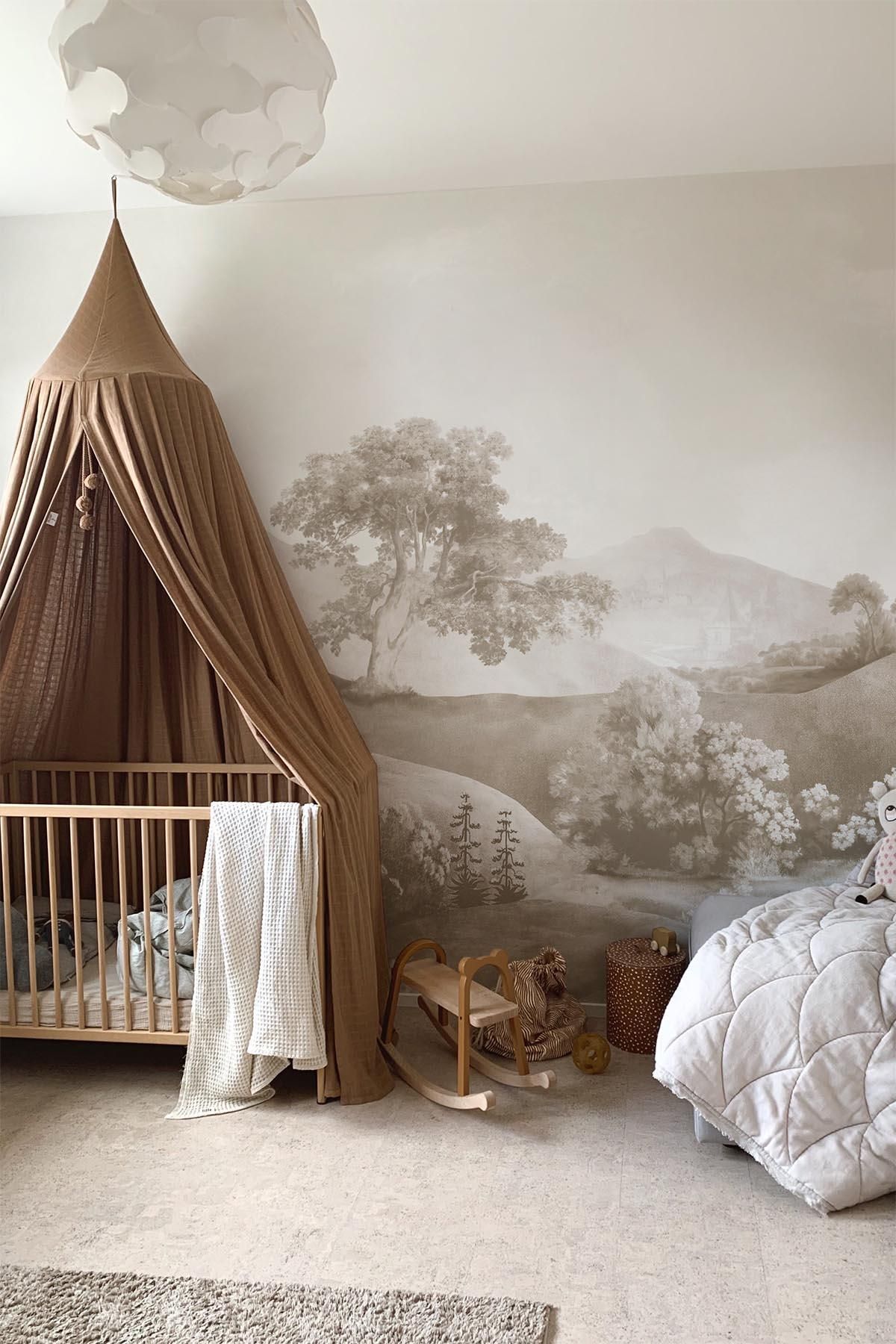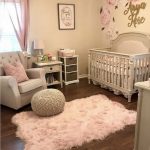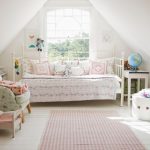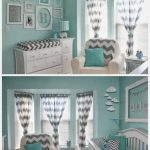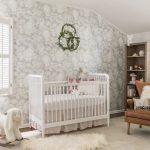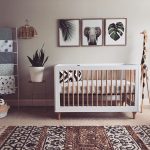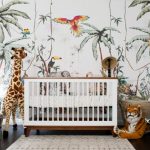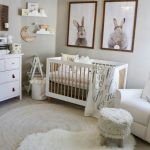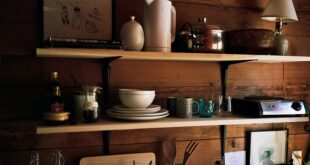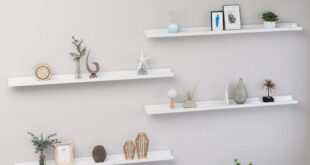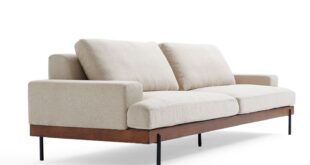Decorating a baby room is an exciting and special process for expectant parents. It is a space where memories will be made and cherished for years to come. From choosing the color scheme to picking out furniture and decorations, every detail is carefully thought out to create a warm and inviting environment for the newest member of the family.
One of the first decisions to make when decorating a baby room is the color scheme. Soft pastel colors like light blue, pink, and yellow are popular choices for a baby’s room, but some parents may opt for gender-neutral options like mint green or gray. The color scheme sets the tone for the room and can be incorporated through paint, wallpaper, bedding, curtains, and other decor elements.
When it comes to furniture, the crib is usually the focal point of the room. There are many styles and designs to choose from, ranging from classic to modern. Safety is paramount when selecting a crib, so parents should ensure it meets all safety standards and guidelines. Other essential furniture pieces for a baby room include a changing table, dresser, and rocking chair for those late-night feedings.
Personal touches can make a baby room feel extra special. Consider adding a personalized wall decal with the baby’s name, hanging photos or artwork, or placing a cozy rug on the floor. Soft, plush stuffed animals and toys can also add a playful and whimsical touch to the room. These small details can make the space feel more personal and inviting for both baby and parents.
Storage is key in a baby room to keep essentials organized and easily accessible. Consider adding shelves, baskets, or bins to store diapers, wipes, clothing, and toys. A closet organizer can also help maximize space and keep items neatly arranged. Keeping the room organized and clutter-free is not only practical but also visually appealing.
As the baby grows and develops, the room may need to evolve to suit their changing needs. Consider incorporating versatile furniture pieces that can grow with the child, such as a crib that can be converted into a toddler bed or a changing table that can be repurposed as a dresser. Flexibility is key when designing a baby room to ensure it remains functional and practical as the child grows.
 efistu.com Home Decor
efistu.com Home Decor
